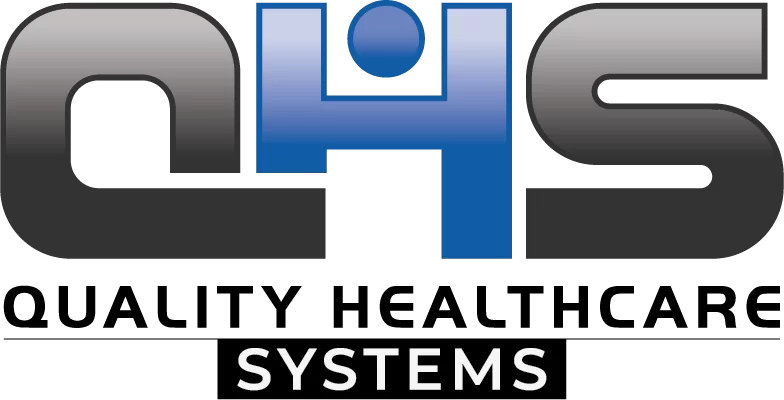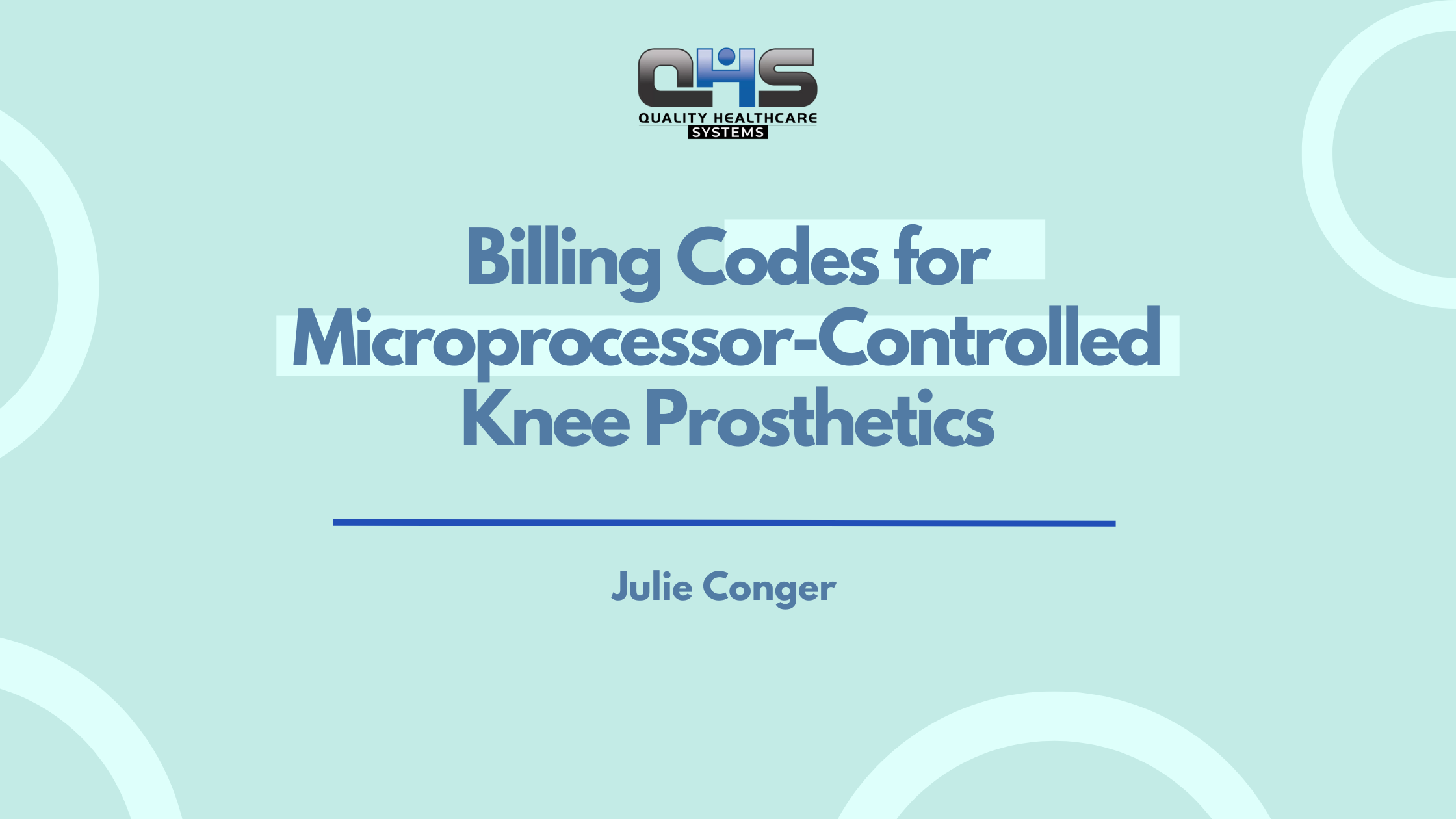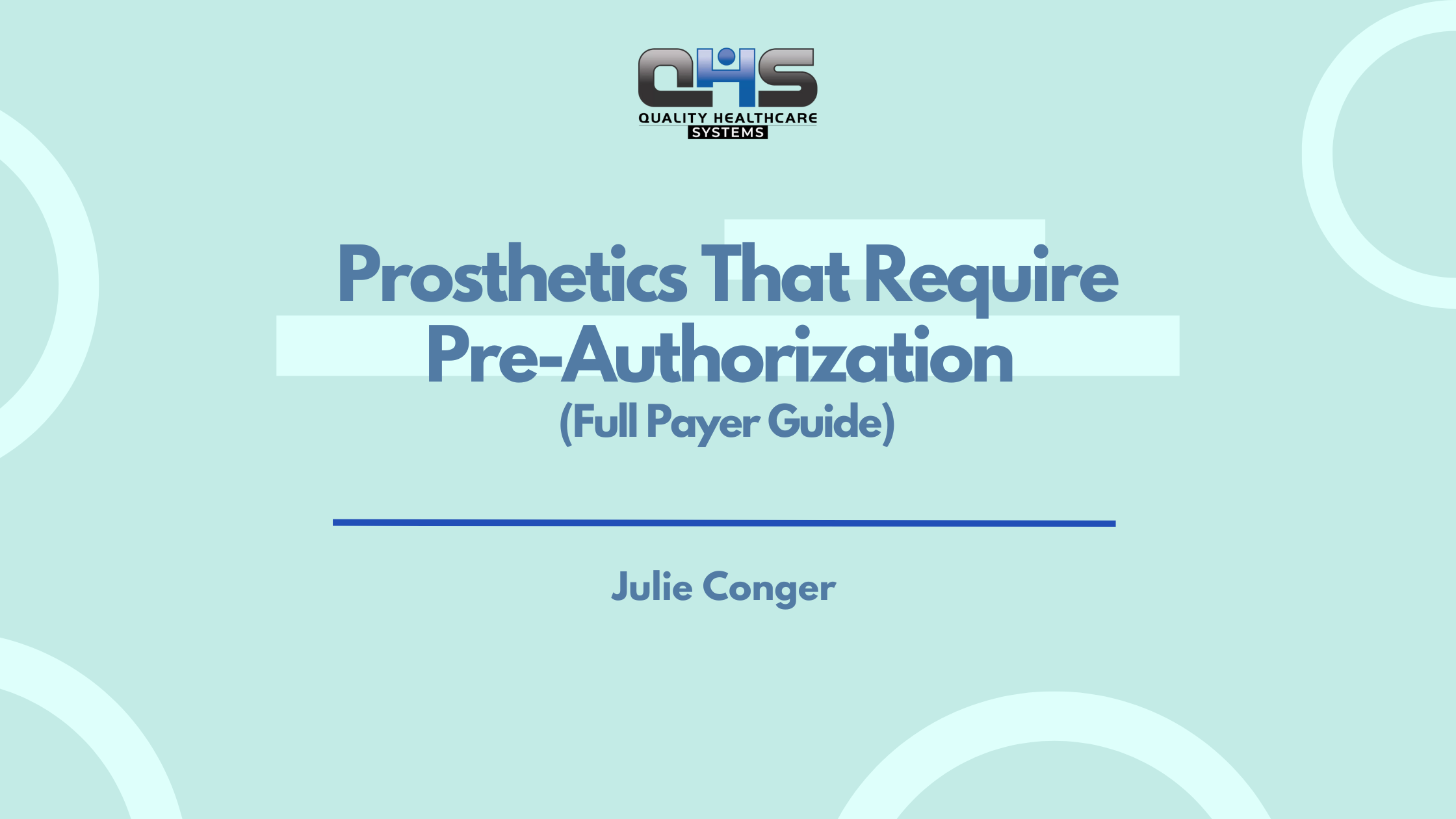Yes, microprocessor-controlled knee prosthetics are billed using specific HCPCS Level II codes, primarily L5856, which covers the microprocessor knee-shin system with electronic sensor technology.
Microprocessor-controlled knee prosthetics have transformed mobility for amputees, offering increased stability, smoother gait, and fewer falls. But these advantages come with higher costs and stricter billing requirements. In fact, improper coding for advanced prosthetics like these can result in denied claims or substantial revenue loss for providers.
To bill correctly, medical professionals must understand the specific HCPCS L-codes associated with these devices, as well as the documentation standards and payer guidelines tied to them.
What Is a Microprocessor-Controlled Knee Prosthetic?
A microprocessor-controlled knee (MPK) prosthetic is an advanced lower-limb prosthesis that uses sensors and a computer-controlled hydraulic or pneumatic system to adjust in real time to the user’s gait and environment. Unlike traditional mechanical knees, which offer fixed resistance and limited adaptability, MPKs continuously monitor walking speed, terrain, and movement to optimize support and responsiveness.
These prosthetics enhance mobility for active individuals and significantly reduce the risk of trips and falls, particularly on uneven ground or slopes. MPKs are typically recommended for patients classified as K3 or K4 under the Medicare functional classification levels—those who can ambulate with variable cadence or exceed basic ambulation needs.
Examples of microprocessor knees include:
-
Ottobock C-Leg
-
Össur Rheo Knee
-
Ottobock Genium and Genium X3
-
Blatchford Orion3
Why Do Microprocessor Knees Require Specific Billing Codes?
Billing for a microprocessor-controlled knee requires more precision than for a standard prosthetic. These devices are not only expensive (often exceeding $30,000), but also demand robust justification in terms of medical necessity and patient mobility.
Insurers—especially Medicare—need proof that the patient meets specific functional criteria. This means providers must submit the right HCPCS Level II L-codes, document activity levels, and often obtain pre-authorization. Billing errors or using general codes for advanced prosthetics like these can result in claim denials, delayed payments, or audits.
Additionally, insurers typically scrutinize claims involving L5856, the primary code for MPKs, to ensure the knee isn’t being billed for a patient whose mobility doesn’t justify it (i.e., a K1 or K2 level). This makes both accurate code selection and detailed documentation critical to successful reimbursement.
HCPCS L-Codes for Microprocessor Knees
HCPCS (Healthcare Common Procedure Coding System) Level II codes are alphanumeric codes used to identify non-physician services, including durable medical equipment, prosthetics, orthotics, and supplies (DMEPOS). Prosthetic knees fall under L-codes, which are five-digit codes starting with the letter “L.”
These codes allow providers to describe the specific components and features of a prosthetic device. Since prosthetic limbs are often customized, multiple L-codes are typically combined to represent the full device configuration and functions.
Common L-Codes for Microprocessor Knees
The key billing code for microprocessor knees is:
-
L5856 – Addition to lower extremity prosthesis, endoskeletal knee-shin system, microprocessor control feature, includes electronic sensor(s), any type.
Other commonly billed codes in conjunction with L5856 may include:
-
L5845 – Addition to lower extremity prosthesis, endoskeletal knee-shin system, stance phase control feature.
-
L5848 – Addition to lower extremity prosthesis, endoskeletal knee-shin system, swing and stance phase control.
-
L5920 – Endoskeletal system, above knee or knee disarticulation.
-
L5828 – Pneumatic polycentric knee.
🔍 Note: Codes like L5820 and L5824, which describe mechanical knees, are not appropriate when billing for a microprocessor-controlled knee. Attempting to use these can lead to claim rejection or payer scrutiny.
Knee Prosthetics Code Comparison Table
| Code | Description | For Microprocessor? |
|---|---|---|
| L5856 | Microprocessor control w/ electronic sensors | ✅ Yes |
| L5845 | Stance phase control | ✅ Yes |
| L5848 | Swing and stance phase control | ✅ Yes |
| L5820 | Mechanical knee, single axis, constant friction | ❌ No |
| L5824 | Polycentric knee, mechanical control | ❌ No |
Bundling and Unbundling Guidelines
When billing for MPKs, bundling rules must be followed carefully. Some insurers consider features like stance control or swing control as already included in the base L5856 code. Attempting to bill L5856 + L5845 + L5848 without justification may be flagged as unbundling.
However, if documentation explicitly supports that additional control mechanisms are part of the prosthesis and not redundant, then multiple codes may be allowed.
Frequently Asked Questions
What is the HCPCS billing code for a microprocessor-controlled knee prosthetic?
The primary HCPCS billing code for a microprocessor-controlled knee prosthetic is L5856, which describes an endoskeletal knee-shin system with microprocessor control and electronic sensors. This code is specific to advanced prosthetic knees such as the Ottobock C-Leg and Össur Rheo Knee.
Can you bill L5856 without a stance or swing phase control code?
Yes, L5856 includes microprocessor control with embedded sensors, which often encompasses stance and swing phase features. However, L5845 (stance control) or L5848 (swing and stance control) can be billed separately if the documentation supports that these features are functionally distinct and not bundled with the knee system.
Which patients qualify for a microprocessor knee under Medicare guidelines?
To qualify for a microprocessor-controlled knee under Medicare, the patient must meet K3 or K4 activity levels, indicating the ability or potential to ambulate with variable cadence and navigate environmental barriers. Medical necessity documentation must justify the need for the microprocessor functionality.
Is pre-authorization required for billing L5856 to Medicare?
Yes, Medicare requires prior authorization for HCPCS code L5856 in certain states and jurisdictions. Providers must submit clinical documentation, including physician notes and functional assessments, to support the request before delivering the prosthesis.
What causes L5856 billing claims to be denied?
L5856 billing claims are often denied due to insufficient documentation, mismatched K-level assessments, missing PDAC-approved components, or unbundled coding errors. Accurate justification of medical necessity and patient functionality is essential to prevent denials.





